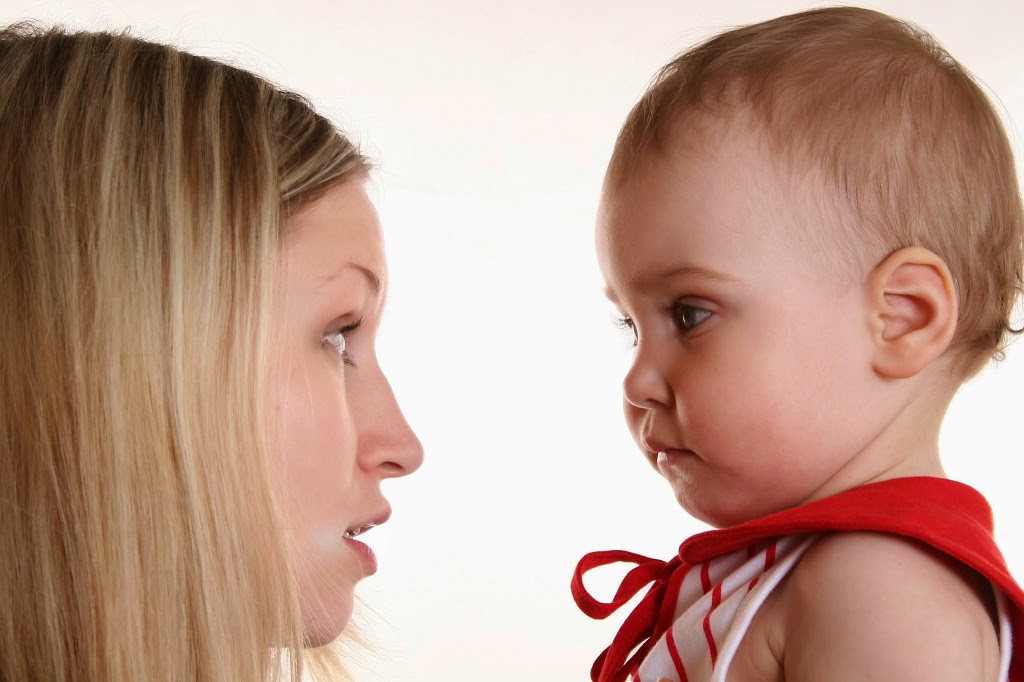Toddlers—wild and wooley, heart-melting and frustrating, fun and challenging. Often the biggest challenge for parents is how best to guide them without dampening their wide-eyed curiosity and spirited exploration. Here are some guidelines and some language to help you set limits in positive ways consistent with your toddlers’ state of awareness and understanding.
Check-in with yourself:
- Make sure your child is safe
- Ask yourself: What might be driving this behavior? How does this relate to my child’s developmental stage, or physical or emotional state?
- Ask yourself: Whose issue is this? Why does this behavior bother me?
- Ask yourself: Does my child need me? Can my child solve this problem? How might I gently guide them to solve it themselves?
These first four points are relevant because they begin to support the adult capacity of self-reflection and thoughtful consideration of who the child is and how we, the adult, see this child. Our own projections and interpretations of behavior often cloud our ability to best understand what she or he is trying to tell us through their behavior. When we can put aside our own “stuff,” we are better able to see and respond to the child in positive, creative ways that are more likely to get a better response.
Respond to your child:
- Move to your child’s level and look into their face to connect with them
- Make physical contact — touch gently on the shoulder or back
- Speak in a calm, firm, and respectful voice
- Acknowledge what your child wants and/or how your child is feeling. How they feel is always a guess. Use words to describe it, but leave open the possibility that you might not be naming it accurately.
- “It looks like / I know you want to…”
- “You like having/doing…”
- “You’re trying to….and it isn’t working. That is hard. Maybe you are feeling frustrated, or mad.”
- “That seems to make you feel sad / disappointed / mad….?”
- State briefly and in simple words the limit you want to set — if you must add a reason.
- “This is for Mommy to use….because…”
- “We have to do….because…”
- “I can’t let you do….because…”
- State briefly and in simple words why you must set the limit
- “It’s not OK to….”
- “Now is the time to go.”
- “I need to keep you safe until you can do it yourself.”
- “I will help until you can stop yourself.”
- “This can break when you do that. It needs to stay this way.”
- Redirect your child to something they can do:
- “You can play with….”
- “It’s OK to….”
- “This would be safe.”
Nothing works all the time! This approach, however, is more likely to get better results more often. And sometimes, you just have to melt down together and know that this will pass! As a grandmother of three children below 7-years of age, trust me when I say to appreciate this joyful and amazing process your toddler is going through. It passes more quickly than you think, especially in those challenging moments.
Check out these upcoming classes taught by Bonnie Romanow in San Francisco and San Rafael:
Terrific Toddlers and Twos (1 — 3 years)
Thursday, June 12, 2014 from 6:30 PM to 8:30 PM (PDT)
Parents Place San Francisco
Terrific Toddlers and Twos (1 – 3 years)
Tuesday, June 17, 2014 from 6:30 PM to 8:30 PM (PDT)
Parents Place Marin


